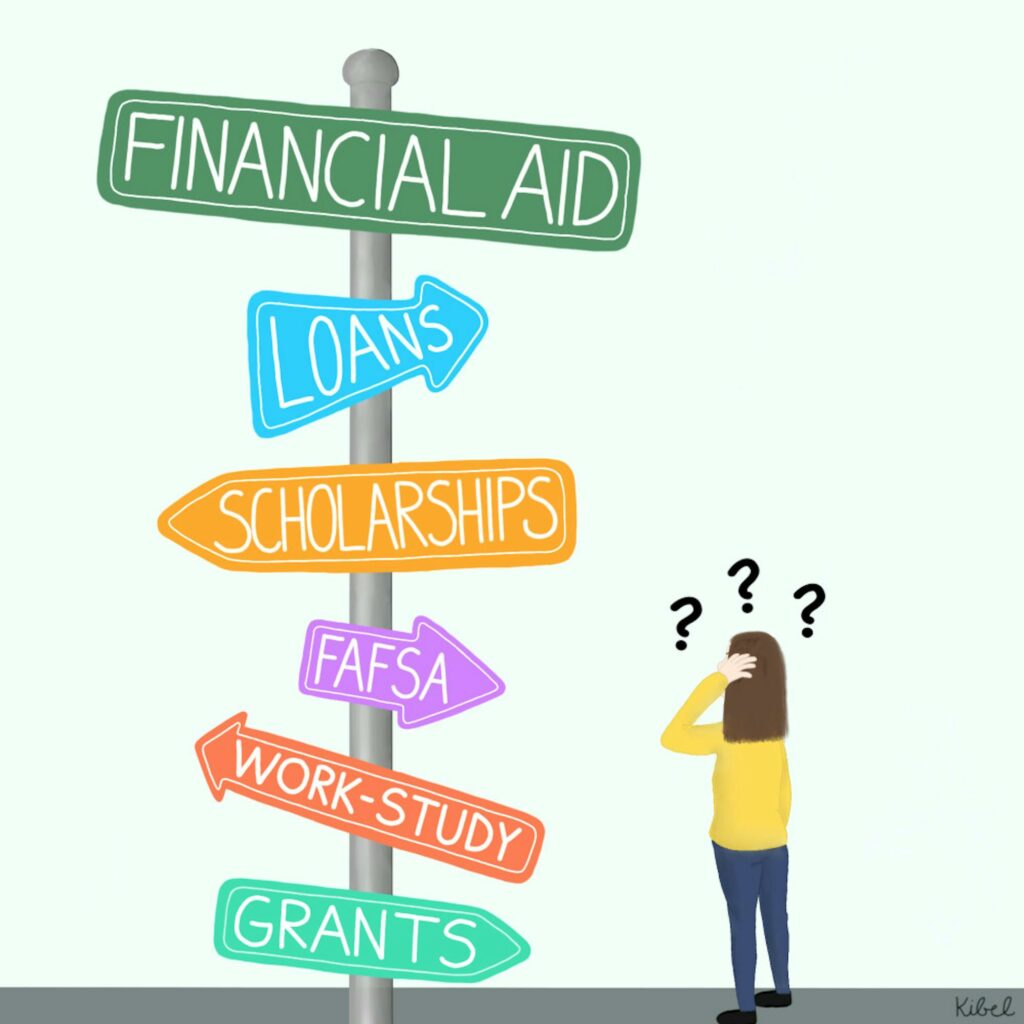As high school students begin preparing for college, one of the biggest concerns is how to afford higher education. With tuition costs rising every year, understanding the different types of financial aid available is essential. Financial aid comes in various forms, each with its own benefits and considerations. In this guide, we’ll break down the different types of financial aid, rank them in order of desirability, and share tips on maximizing your chances of securing the best assistance possible.
1. Scholarships (Free Money)
What They Are:
Scholarships are funds awarded based on merit, financial need, or specific criteria like academic performance, athletic ability, or community involvement. Unlike loans, scholarships don’t need to be repaid.
Why They’re Great:
Scholarships are essentially free money that can come from colleges, private organizations, or local community groups. They reduce the overall cost of education without adding to your future debt.
How to Get Them:
Start your scholarship search early! Use online databases like Fastweb and Scholarships.com, and check with your school’s guidance office. Apply to as many as possible—small amounts add up quickly!
2. Grants (Free Money)
What They Are:
Grants are need-based aid that, like scholarships, don’t need to be repaid. They are typically awarded by the federal government, state governments, or colleges.
Why They’re Great:
Since grants are also free money, they’re highly desirable. A well-known example is the Federal Pell Grant, which supports undergraduate students with significant financial need.
How to Get Them:
To be considered for most grants, complete the Free Application for Federal Student Aid (FAFSA) as early as possible. Many grants are awarded on a first-come, first-served basis.
3. Work-Study Programs (Earned Money)
What They Are:
The Federal Work-Study program provides part-time jobs for students with financial need, allowing them to earn money while pursuing their degree. Many work-study jobs are related to students’ fields of study.
Why They’re Great:
Work-study jobs are flexible, help cover educational expenses, and provide valuable experience in your field.
How to Get Them:
Indicate your interest in work-study on the FAFSA. If awarded, you’ll need to secure a work-study job on campus or with an approved off-campus employer.
4. Subsidized Loans (Borrowed Money, but with Benefits)
What They Are:
Subsidized loans are federal student loans where the government covers the interest while you’re in school, during the six-month grace period after graduation, and during any deferment periods.
Why They’re Good:
Since interest doesn’t accrue while you’re in school, subsidized loans are more affordable than other loan options.
How to Get Them:
You must demonstrate financial need by completing the FAFSA. The amount you can borrow depends on your academic year.
5. Unsubsidized Loans (Borrowed Money)
What They Are:
Unsubsidized loans are federal student loans available to all students, regardless of financial need. However, interest begins accruing immediately upon disbursement.
Why They’re Okay:
These loans have lower interest rates compared to private loans but can become costly over time due to accrued interest.
How to Get Them:
Complete the FAFSA to qualify. Borrow only what you truly need to avoid unnecessary debt.
6. Private Loans (Last Resort Borrowed Money)
What They Are:
Private loans come from banks, credit unions, and other lenders. They often have higher interest rates and less favorable terms compared to federal loans.
Why They’re a Last Resort:
Private loans should only be considered after exhausting all other financial aid options. They often require a credit check and may have variable interest rates, making repayment riskier.
How to Get Them:
If necessary, shop around for the best interest rates and terms. A co-signer may help secure a better loan if you have limited credit history.
Ranking Financial Aid by Desirability
Scholarships & Grants (Free Money) – Always prioritize these since they don’t require repayment.
Work-Study Programs (Earned Money) – Provides work experience while helping cover expenses.
Subsidized Loans (Borrowed Money, but with Benefits) – The best loan option if borrowing is necessary.
Unsubsidized Loans (Borrowed Money) – A reasonable option, but interest accrues immediately.
Private Loans (Last Resort) – Only consider if all other financial aid sources are exhausted.
Tips for Maximizing Financial Aid
Start Early: Research scholarships and grants as soon as possible—some have early deadlines.
Complete the FAFSA: Submit your FAFSA as soon as it opens (typically October 1st) to maximize your eligibility for aid.
Apply Widely: Don’t limit yourself—apply to as many scholarships and grants as possible.
Stay Organized: Keep track of deadlines and required documents using a spreadsheet or a financial aid tracking tool.
Written By Willis Osorio

